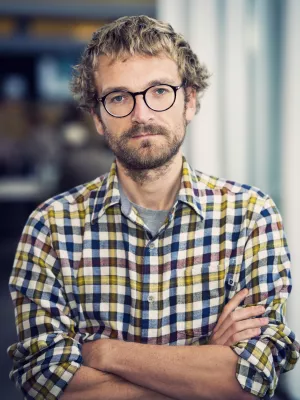
Wim Carton
Senior Lecturer, Docent

The benefits that (only) capital can see? Resource access and degradation in industrial carbon forestry, lessons from the CDM in Uganda
Author
Summary, in English
Recent research has shed light on the various tradeoffs involved in carbon forestry, i.e. the pursuit of international forestry projects to help mitigate climate change. This article contributes to these debates by highlighting the importance of resource quality and degradation in evaluating project benefits and tradeoffs. Focusing on the case of an industrial tree plantation in Uganda, the Kachung Forest Project, we highlight how the livelihoods of communities surrounding the reserve have been affected by interlinked changes in local resource access and resource quality. We show that the project has brought about a significant degradation of fuelwood sources, grazing and cultivation lands, and potentially increased pressure on scarce water sources, which in turn contributed to increased poverty in the area. We also argue that the community development interventions that project actors have pursued have primarily delivered ‘benefits that capital can see’, quick-fix solutions that fit within the profit-maximizing logic in which the forest company operates, while obscuring the underlying and resource-dependent drivers of poverty. Our study calls for closer attention to the interlinked socioecological changes underpinning the foundational tradeoffs – between cost-effective carbon sequestration and long-term environmental and developmental objectives – in the industry forestry model analysed here.
Department/s
- LUCSUS (Lund University Centre for Sustainability Studies)
Publishing year
2018-12-01
Language
English
Pages
315-323
Publication/Series
Geoforum
Volume
97
Document type
Journal article
Publisher
Elsevier
Topic
- Human Geography
- Social Sciences Interdisciplinary
Status
Published
ISBN/ISSN/Other
- ISSN: 1872-9398